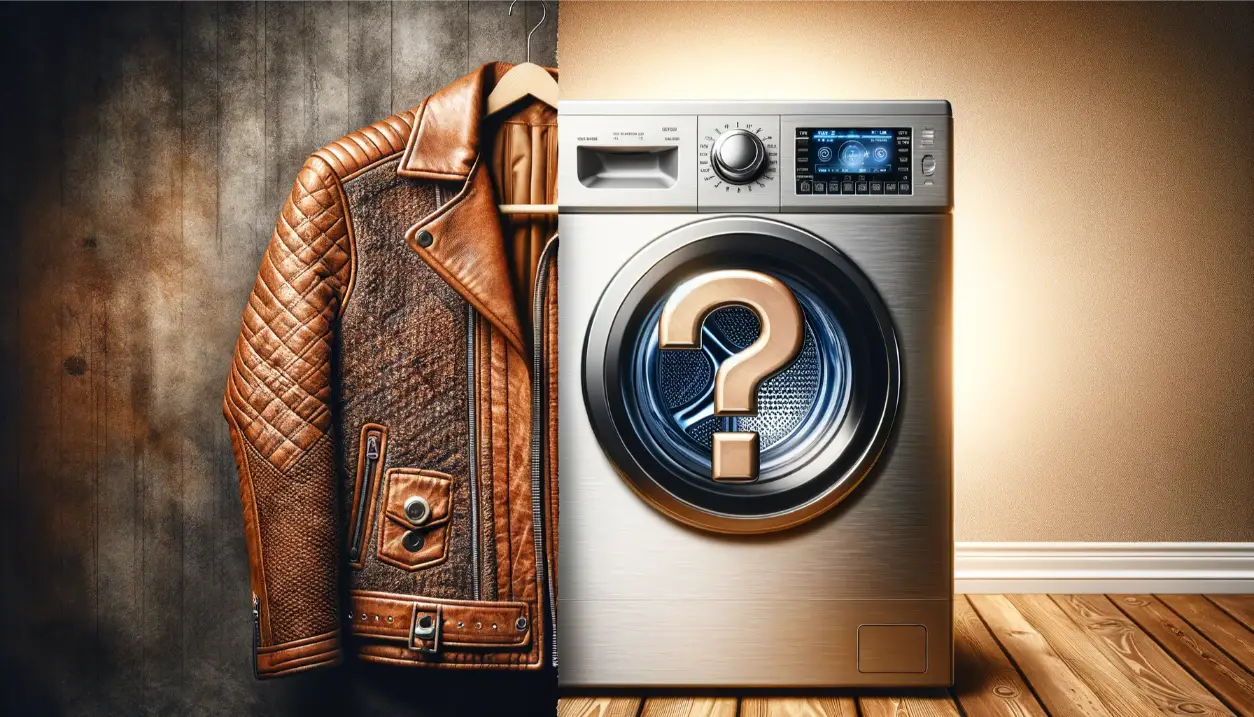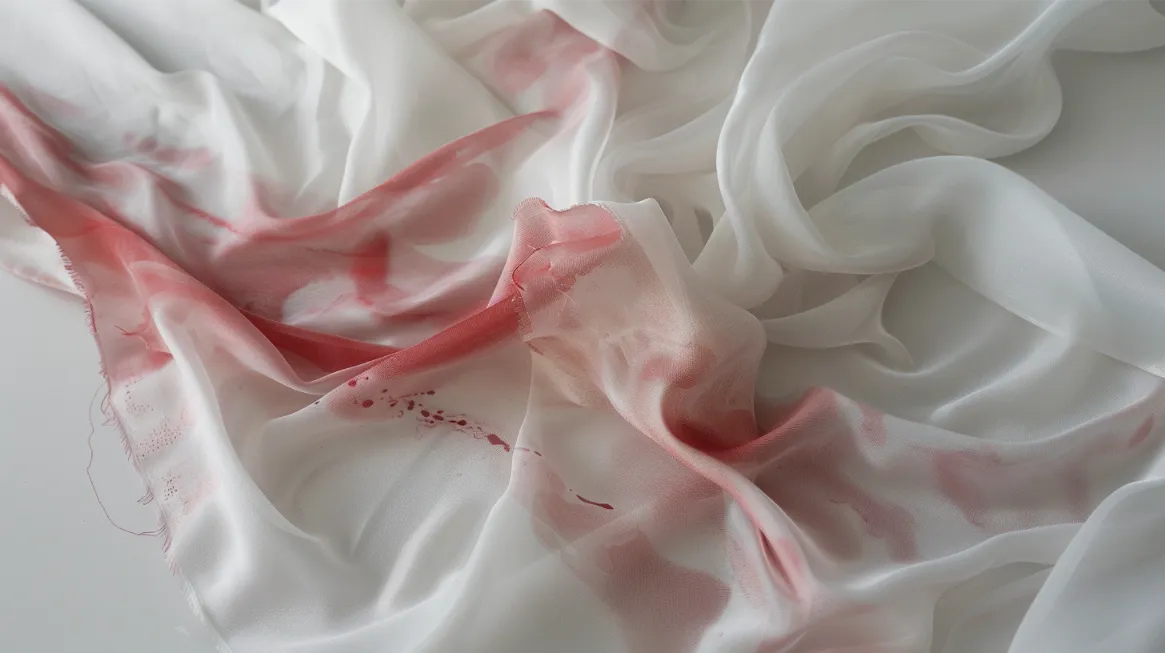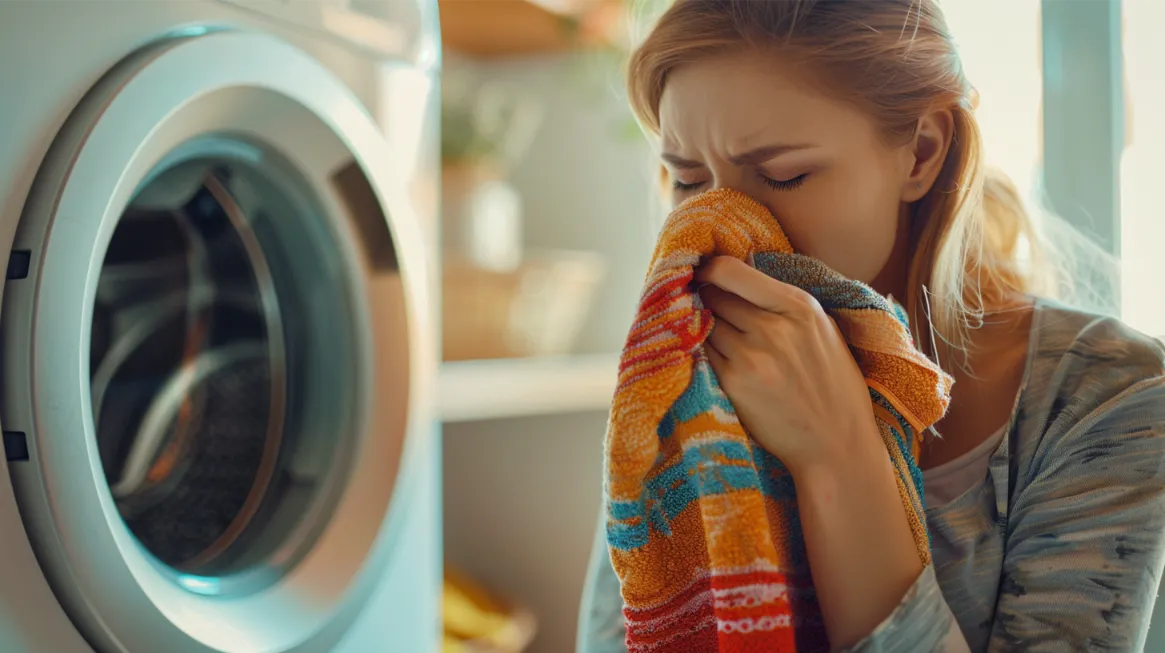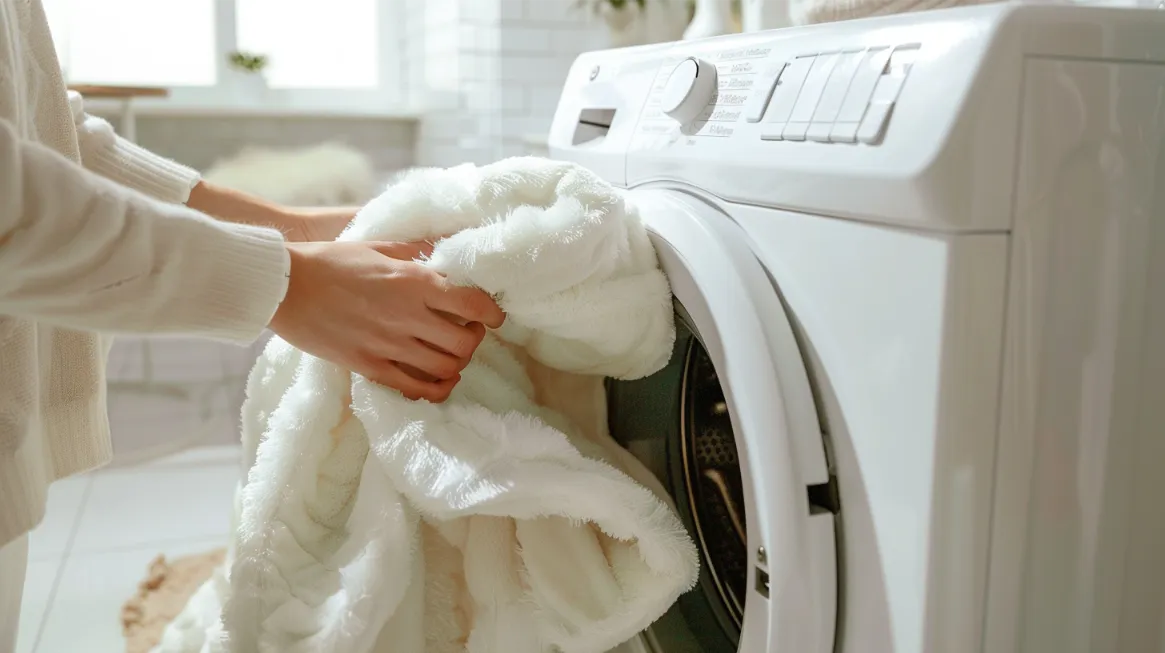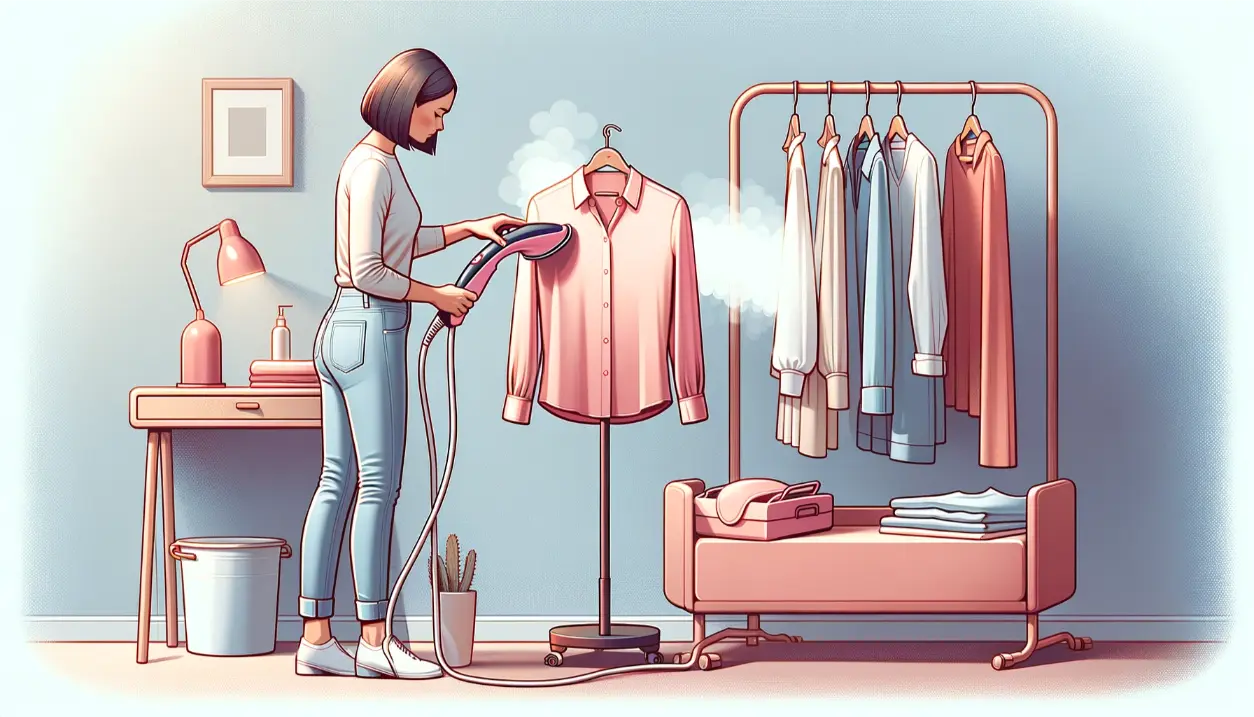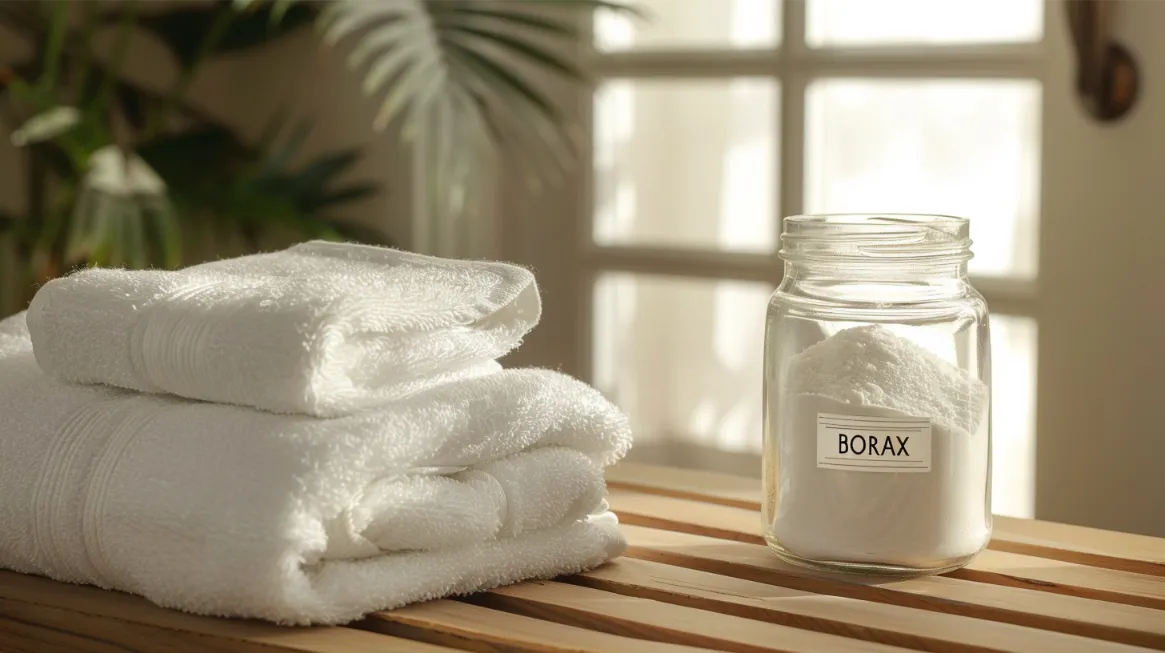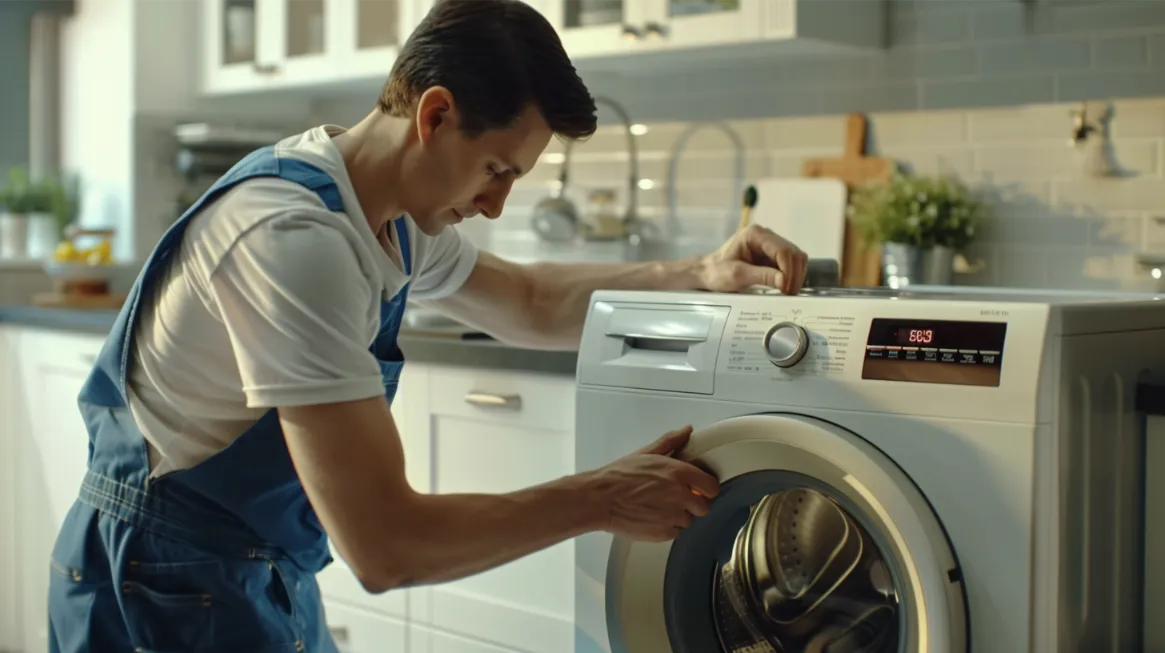Ironing dry clean-only clothing is a common dilemma for many individuals seeking to maintain the freshness and appearance of their garments. The question arises: can you risk ironing these delicate pieces at home? The answer is not a simple yes or no. While it is possible to iron dry clean only clothing, caution must be exercised to prevent irreversible damage.
But fear not; there are alternative methods that can be explored. So, let’s delve into the intricacies of ironing dry-clean-only clothing and unravel the possibilities that await.
Key Takeaways
- Follow care label instructions and use a pressing cloth to protect dry, clean-only clothing when ironing.
- Consider professional ironing services for delicate or heavily embellished garments.
- Test a small area before ironing the entire garment to prevent irreversible damage.
- Use a clothes steamer as an alternative to ironing for gentle wrinkle removal without direct heat.
Before You Begin
Before embarking on the task of ironing dry-clean-only clothing, it is crucial to take certain precautions to ensure the safety and preservation of delicate fabrics. One of the first steps is to read and follow the instructions on the care label carefully. This will provide information on the correct ironing temperature for the garment. Using an iron that is too hot can cause irreparable damage to the fabric.
To protect delicate fabrics from direct heat, it is recommended to use a pressing cloth. This thin, lightweight cloth acts as a barrier between the iron and the garment, preventing any direct contact. It is especially useful for fabrics prone to scorching or melting under high heat.
It may be best to consider professional ironing services for particularly delicate or heavily embellished garments. These services have the expertise and specialized equipment to handle delicate fabrics with care, minimizing the risk of damage.
Before ironing the entire garment, testing a small, inconspicuous area is advisable. This will help determine if the fabric can withstand the heat and pressure of the iron without any adverse effects.
Set up Your Ironing Equipment
To properly set up your ironing equipment for delicate dry-clean-only clothing, it is important to gather the necessary tools and ensure a stable surface for optimal results. Here are three essential items you will need:
- Iron: Select an iron that is suitable for delicate fabrics and has adjustable temperature settings. Make sure to follow the manufacturer’s instructions for proper usage.
- Steamer: A steamer can be a useful tool for removing wrinkles from dry-clean-only clothes without direct contact. It is gentle on fabrics and helps to maintain their quality.
- Pressing Cloth: Use a pressing cloth, such as a clean cotton or muslin fabric, to protect the delicate fabric from direct heat. This will prevent any potential damage or shine caused by the iron.
Additionally, it is recommended to have distilled water on hand. This can be used to dampen the pressing cloth if needed, helping to release stubborn wrinkles without causing harm to the fabric.
To ensure stability and ease of ironing, set up a sturdy and padded ironing board. This will provide a smooth and even surface for ironing your dry-clean only clothing. Remember to place a protective shield on the ironing board if necessary, to prevent any residue or marks from transferring onto your clothes.
Turn the Clothes Inside Out
Turning dry clean only clothes inside out before ironing is a crucial technique to prevent accidental marks or damage from the iron. This method helps minimize the risk of shine or burn marks, especially on delicate fabrics like silk or rayon.
Ironing Dry Clean Only
When ironing dry-clean-only clothing, it is advisable to turn the clothes inside out to protect the delicate fabric from direct heat. This simple step can help prevent potential damage and ensure the longevity of your garments. Here are three important reasons why you should follow this technique:
- Delicate fabrics: By turning the clothes inside out, you create a barrier between the iron and the delicate fabric, reducing the risk of scorching or burning.
- Pressing cloth: A pressing cloth, such as a clean cotton or muslin fabric, can further protect the fabric from direct heat. This additional layer is a buffer, preventing shiny marks or burn spots.
- Wrinkles: Ironing the clothes inside out lets you focus on eliminating wrinkles effectively without compromising the delicate fabric’s integrity.
Inside Out Technique
One essential technique to protect delicate dry-clean-only clothing during ironing is to turn the clothes inside out. This method helps minimize the risk of damage to the fabric by shielding it from direct heat.
Fabrics such as silk or rayon can be particularly vulnerable, and ironing them on the wrong side can prevent accidental marks or shine caused by the iron. Turning the clothes inside out creates a barrier between the heat and the garment’s surface, reducing the chances of any unwanted effects.
It is also advisable to use a pressing cloth over the garment when ironing the inside out, as this provides an additional layer of protection. This simple yet effective method ensures that dry-clean-only clothes maintain quality and appearance while ironing.
Preventing Damage Risks
To prevent damage risks while ironing delicate dry-clean-only clothing, turning the clothes inside out is advisable. This simple technique offers several benefits:
- By ironing the inside of the garment, you reduce the risk of accidental marks or burns on the visible side of the fabric.
- Turning the clothes inside out lets you iron on the wrong side of the fabric first, protecting delicate materials like silk or rayon from heat damage.
- Using a pressing cloth and ironing the inside further minimizes the risk of shine or burn marks on the garment’s outer surface.
Iron the Clothes
Using a low heat setting and a pressing cloth is crucial when ironing dry-clean only clothes to minimize the risk of damage to delicate fabrics. Dry-clean-only clothes are often made from delicate fabrics such as silk, rayon, or wool, which the high heat setting of an iron can easily damage. It is important to adjust the heat setting to a low temperature and use a pressing cloth, such as a clean cotton fabric, between the iron and the garment to prevent this. This pressing cloth acts as a barrier, protecting the fabric from direct heat exposure.
Before ironing the entire garment, it is advisable to test a small, inconspicuous area to ensure the fabric can withstand the heat. This is especially important for embellished garments, such as those with beads or sequins, as the heat from the iron can loosen or damage the decorations. In such cases, it may be best to seek the services of a professional ironing service specializing in delicate items. They have the expertise and equipment to handle and iron these garments properly, minimizing the risk of damage.
Hang the Garment
Hanging the dry-clean-only garment after ironing is essential to maintain its smooth finish.
A sturdy hanger should support the garment’s weight, ensuring no new wrinkles are formed.
Proper Heat Settings
To prevent damage to delicate fabrics, always use a low heat setting when ironing dry-clean only clothing. High heat can cause the fabric to shrink, fade, or even melt.
To ensure the proper heat setting, follow these guidelines:
- Set the iron to a low or delicate heat setting to protect the fabric from excessive heat.
- Use wrinkle-release sprays or steam the garment lightly before ironing to loosen any wrinkles.
- Place a pressing cloth, such as a thin cotton or muslin fabric, between the iron and the garment to create a barrier and prevent direct heat contact.
Steam or No Steam
To effectively remove wrinkles and maintain the quality of dry-clean-only clothing, consider utilizing the steaming method while hanging the garment. Steaming dry-clean-only clothes is a safe and effective alternative to ironing.
Hanging the garment while steaming helps gently relax the fabric fibers and gently release wrinkles. This method avoids the risks of scorching delicate fabrics that can occur with ironing.
Additionally, using a steamer on dry-clean-only clothes can refresh the garment and remove odors effectively. Steaming is a recommended method for maintaining the quality and appearance of delicate fabrics.
It is important to remember that steaming does not involve direct heat contact with the garment fibers, reducing the risk of damage.
Use a Clothes Steamer to Remove Wrinkles
Using a clothes steamer effectively and gently removes wrinkles from delicate fabrics like silk, wool, and cashmere. Here are some key points to consider when using a clothes steamer:
- Hang the garment: Before steaming, it is important to hang it on a hanger or a clothes rack. This allows the fabric to hang freely, making it easier to remove wrinkles.
- Use fresh water: Refilling the clothes steamer with fresh water before each use ensures consistent steam output. This helps in achieving optimal results when removing wrinkles.
- Evenly remove wrinkles: Move the steamer nozzle from top to bottom across all fabric surfaces to effectively remove wrinkles. This ensures the steam is evenly distributed, relaxing the fabric and smoothing any wrinkles.
Clothes steamers are great for removing wrinkles, refreshing garments, and removing odors and allergens. They provide a gentle care solution for delicate fabrics, ensuring they stay in good condition.
Tips to Remove Wrinkles Without Ironing
One effective alternative to ironing is utilizing various methods to remove wrinkles without applying direct heat. Using a clothes steamer is a gentle way to remove wrinkles for dry, clean-only garments or delicate fabrics. The steam from the steamer helps relax the fabric, allowing the wrinkles to release naturally.
Hanging clothes in a steamy bathroom can also have a similar effect. The moisture in the air helps to loosen the wrinkles, making them easier to smooth out.
Another option is to use a dryer with a steam setting. This feature lets you freshen up and remove wrinkles from your clothes without ironing. Place the garment in the dryer, select the steam setting, and let the machine do the work.
For those who prefer not to use heat, fabric sprays can be a great alternative. These sprays are designed to relax wrinkles and freshen up clothing without ironing. Spray the fabric and gently smooth out the wrinkles with your hands.
Whether it’s using a clothes steamer, hanging clothes in a steamy bathroom, using a dryer with a steam setting, or using fabric sprays, there are plenty of options to remove wrinkles without ironing.
Frequently Asked Questions
How Do You Get Wrinkles Out of Dry Clean Only Fabric?
To remove wrinkles from dry, clean-only fabric, consider alternatives to ironing. Use a steamer or hang the garment in a steamy bathroom to allow the wrinkles to release naturally. Consult a professional cleaner for specific guidance.
Can You Iron Clothes That Are Dry Clean Only?
Ironing dry-clean-only clothing can be risky due to fabric sensitivity. However, using a low heat setting and a pressing cloth can help minimize damage. Testing a small area and considering professional ironing services are recommended for delicate items.
Do Clothes Get Ironed When Dry Cleaned?
Yes, clothes can be ironed after dry cleaning to remove wrinkles or creases. However, it is important to exercise caution when ironing dry, clean-only clothing at home to prevent damage to delicate fabrics.
Can I Steam Something That Is Dry Clean Only?
Steaming dry clean-only clothing is a suitable alternative to ironing. It is a safe method that effectively removes wrinkles without direct heat. Steaming also refreshes delicate fabrics, relaxes fibers, and eliminates odors and allergens.
Conclusion
In conclusion, ironing dry, clean-only clothing at home can be risky and potentially cause irreversible damage to delicate fabrics. It is recommended to use alternative methods, such as steaming or using a clothes steamer to remove wrinkles from these garments.
If ironing is necessary, using a low heat setting and a pressing cloth can help minimize the risks. However, professional ironing services or testing a small, inconspicuous area first is advisable for delicate items.


